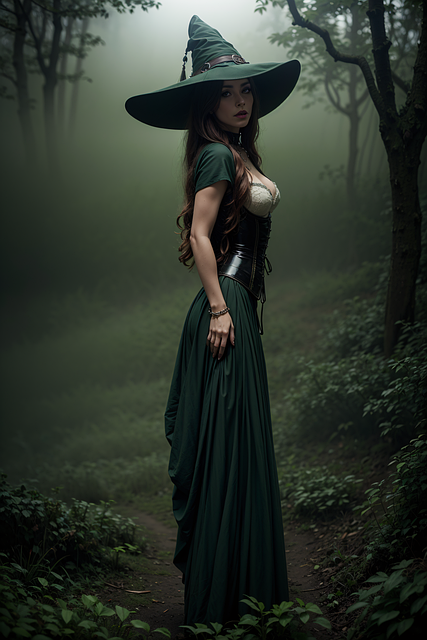Post-production editing is crucial for enhancing the visual impact of interior architectural CAD renderings, transforming 2D blueprints into immersive 3D spaces. Through advanced software, designers achieve depth, realism, and improved composition. This technology benefits stakeholders with early design flaw detection, effective communication, enhanced marketing, and project security. Best practices in post-production include high-resolution materials, consistent lighting & color schemes, HDR processing, meticulous adjustments to shadows/highlights/reflections, and adding subtle textures for realistic surface appearances.
Post-production editing is an essential step in transforming raw footage into visually stunning content. In this article, we explore how this process enhances aesthetics, particularly in the realm of interior design and architecture. We delve into the significance of interior architectural CAD rendering as a game-changer for visual appeal. By combining cutting-edge techniques with best practices, professionals can achieve remarkable results, ensuring every project stands out. Discover refined strategies to elevate your visual storytelling through post-production magic, especially leveraging interior architectural CAD rendering.
Understanding Post-Production Editing for Visual Appeal
Post-production editing is an essential step in enhancing the visual appeal of any project, especially in the field of architecture and design. It involves a series of techniques to refine and optimize digital visuals, such as interior architectural CAD renderings, for both print and digital media. By manipulating images through software, professionals can achieve stunning visual effects that bring designs to life.
This process includes adjusting lighting and shadows to create depth, enhancing textures and materials to increase realism, and even adding or removing elements to improve composition. With modern technology, designers can now take a 2D rendering and transform it into a captivating 3D visualization, offering clients a more immersive experience of the final product. It’s a powerful tool that allows for creative expression while ensuring the end result meets high-visual standards.
The Role of Interior Architectural CAD Rendering in Enhancing Aesthetics
Interior architectural CAD rendering plays a pivotal role in enhancing visual appeal for any design project. It allows architects and designers to transform two-dimensional blueprints into lifelike, three-dimensional models, providing a comprehensive view of how spaces will look and feel before construction begins. This technology offers an array of benefits, from identifying design flaws early on to facilitating effective communication between stakeholders, ensuring everyone is aligned with the final vision.
By leveraging advanced rendering software, professionals can create photorealistic images and animations that showcase interior spaces in a way traditional drawings simply cannot match. This process involves meticulous attention to detail, including material textures, lighting, and shadowing, resulting in visuals that closely resemble reality. The accuracy and realism of these renderings not only impress clients but also serve as powerful marketing tools, helping to secure projects and win over potential customers.
Techniques to Refine and Improve Visual Elements
In post-production, refining visual elements is a crucial step in enhancing the overall aesthetic appeal of any project, be it film, animation, or architectural visualization. For interior architectural CAD renderings, techniques such as lighting adjustments and material enhancements play a pivotal role. By manipulating light sources and their intensity, shadows can be controlled to create depth and dimension, transforming flat 2D designs into immersive 3D spaces. Additionally, materials can be fine-tuned to achieve realistic textures and reflections, adding a layer of credibility to the rendered images.
Color grading is another powerful tool in the post-production arsenal. Selective adjustments to color balance, saturation, and contrast can dramatically alter the mood and atmosphere of an interior space, making it more inviting or dramatic as intended by the designers. These techniques allow for artistic expression while maintaining the accuracy of architectural details captured in CAD renderings, ultimately delivering visually stunning and compelling imagery that captivates audiences.
Best Practices for Achieving a Professionally Polished Look
To achieve a professionally polished look in post-production editing, especially for showcasing interior architectural CAD renderings, it’s essential to adhere to best practices that enhance visual appeal and accuracy. Start by ensuring high-resolution source materials; low-quality inputs will limit your ability to refine details during editing. Use consistent lighting and color schemes across all renders to maintain visual coherence, as this makes the final product appear seamless rather than pieced together.
Consider using advanced editing techniques like HDR (High Dynamic Range) processing to achieve more realistic lighting and depth. Adjust shadows, highlights, and reflections meticulously to bring out architectural features without distorting reality. Incorporate subtle textures and material variations for added realism in surfaces, enhancing the overall visual richness of your interior architectural CAD rendering.
Post-production editing is an indispensable tool for transforming raw visual content into captivating, aesthetically pleasing images. By combining techniques like interior architectural CAD rendering with strategic refinement, professionals can significantly enhance the visual appeal of their projects. Adhering to best practices ensures a polished, professional outcome that effectively communicates design visions. Incorporating these strategies not only improves visual presentation but also strengthens the overall impact of architectural designs in digital media.
